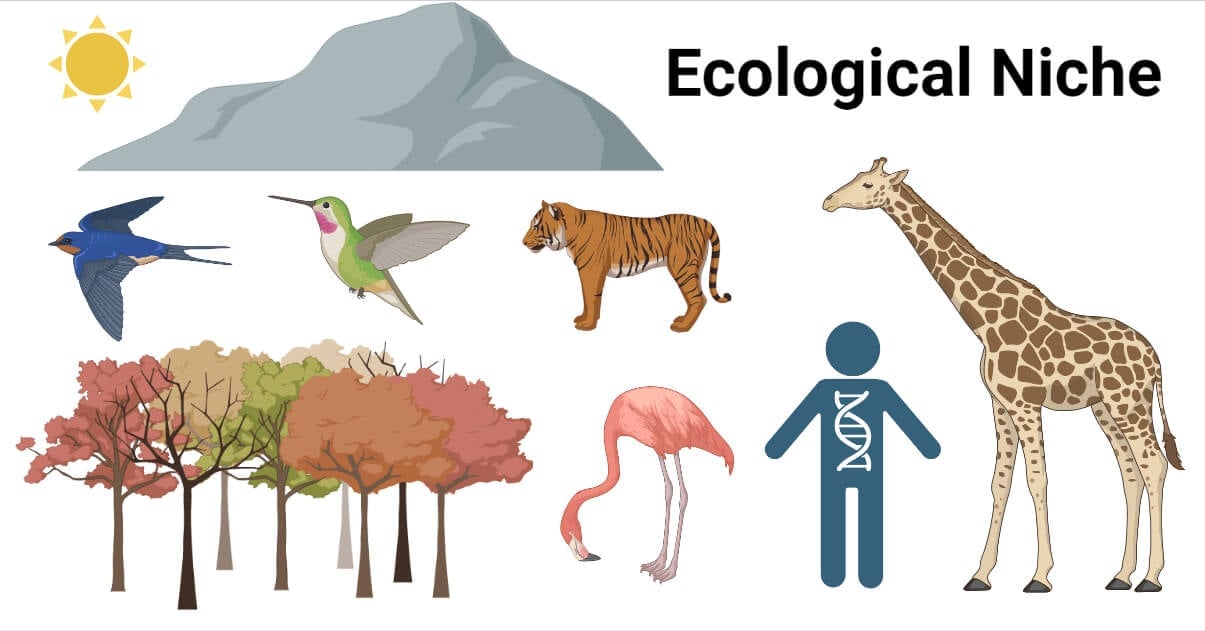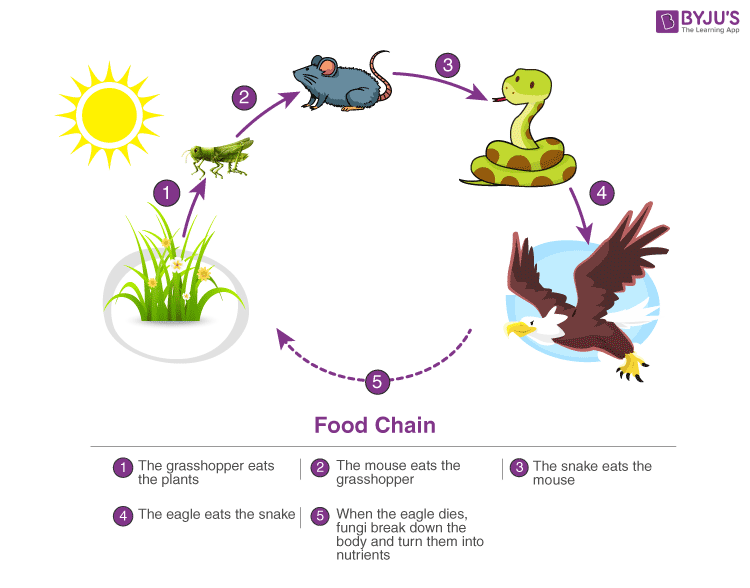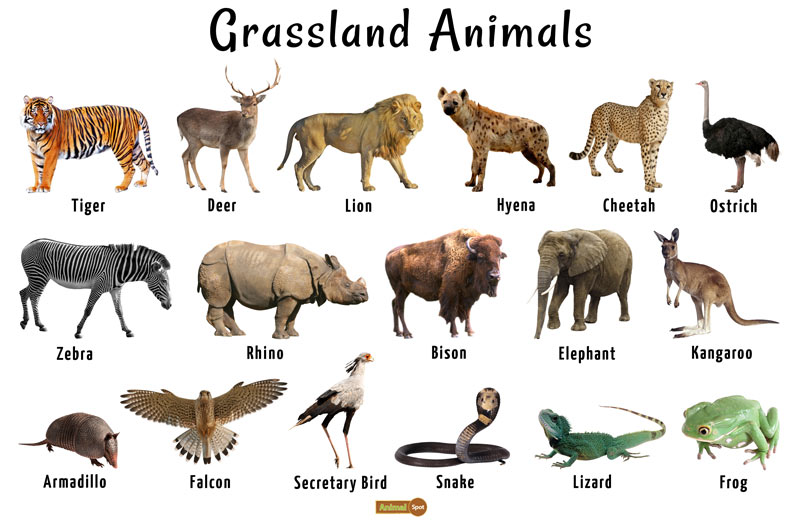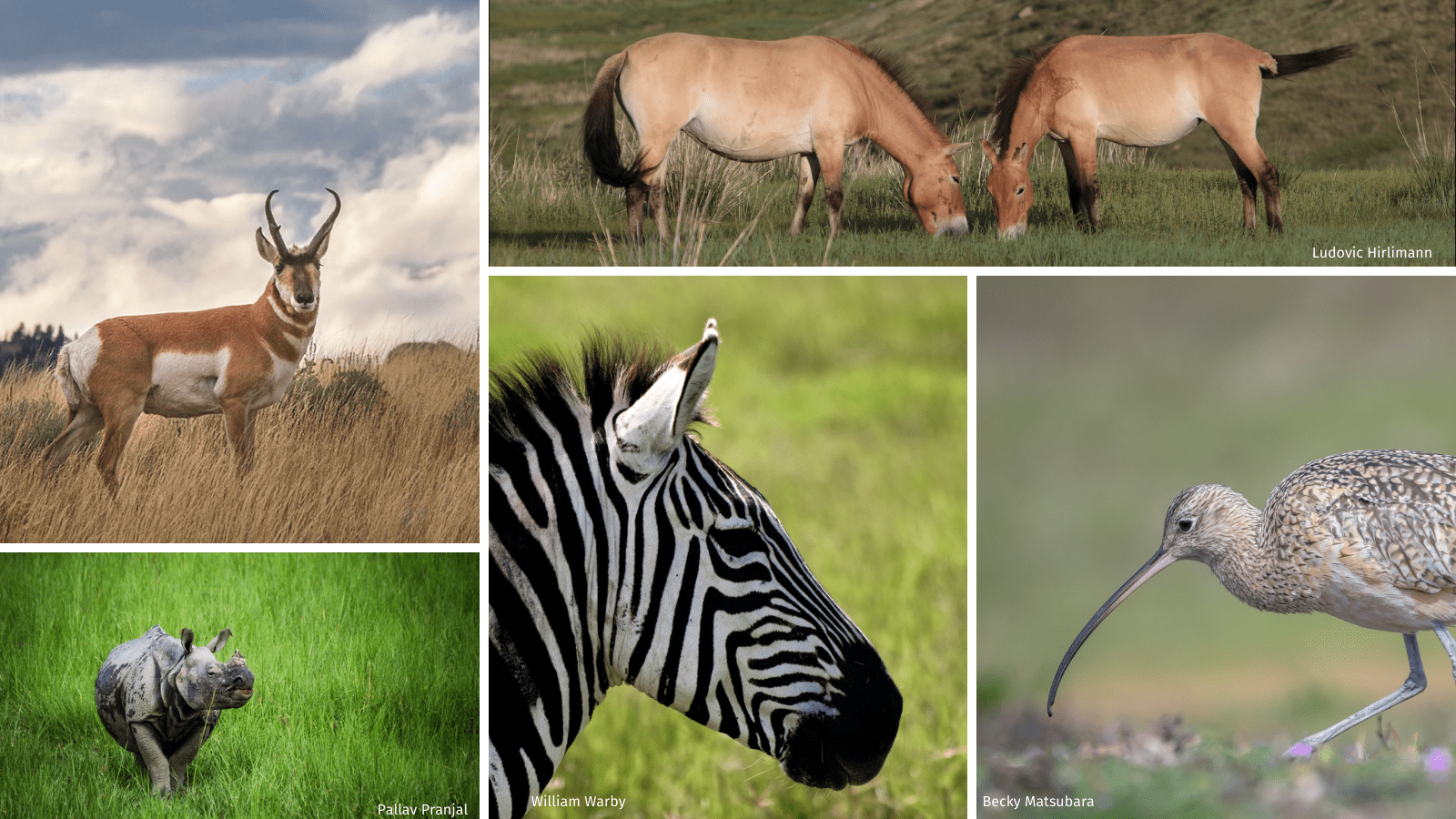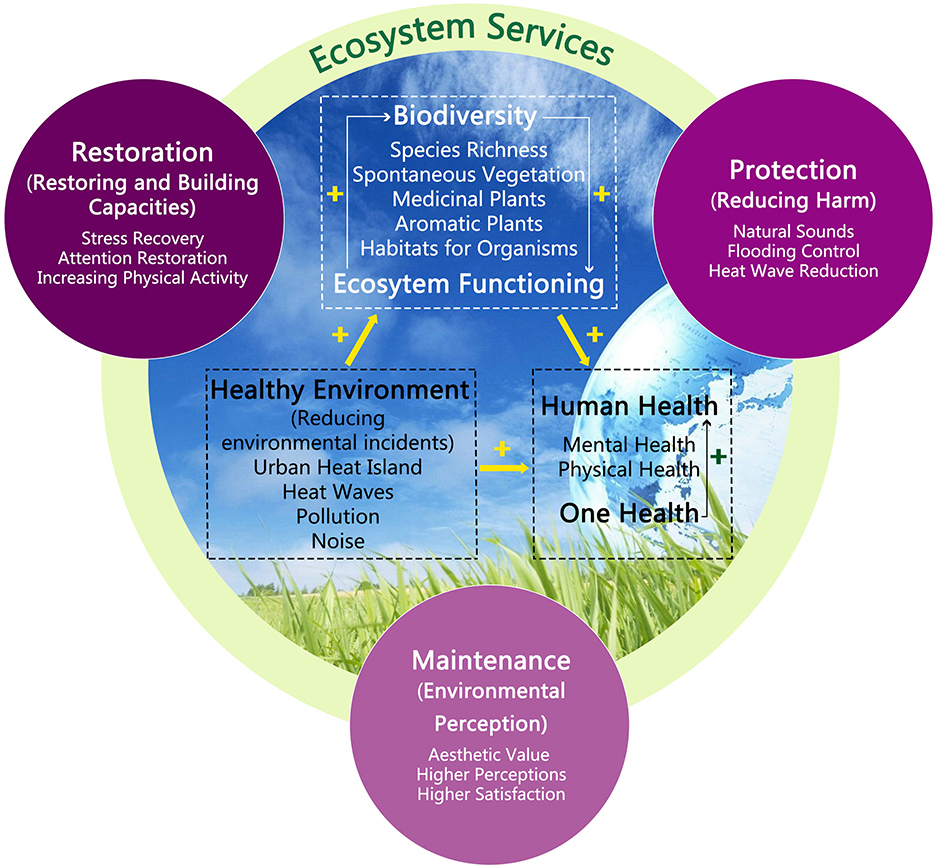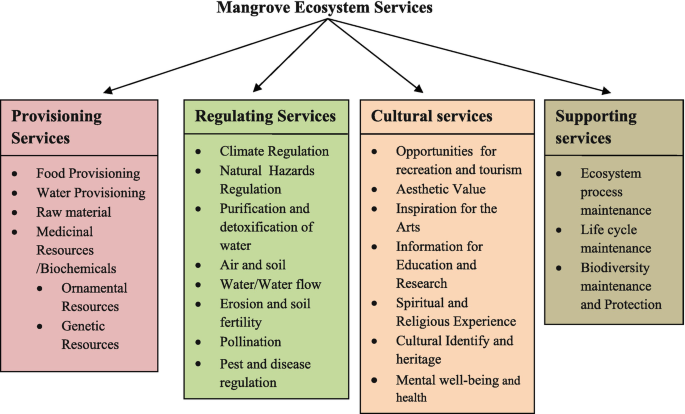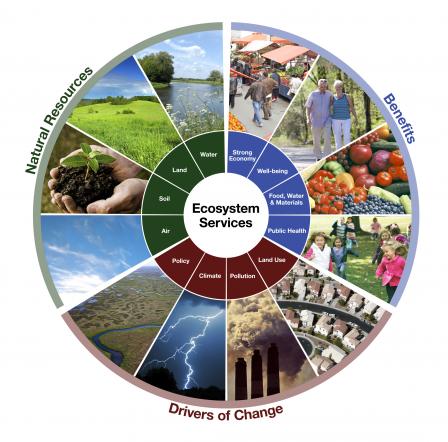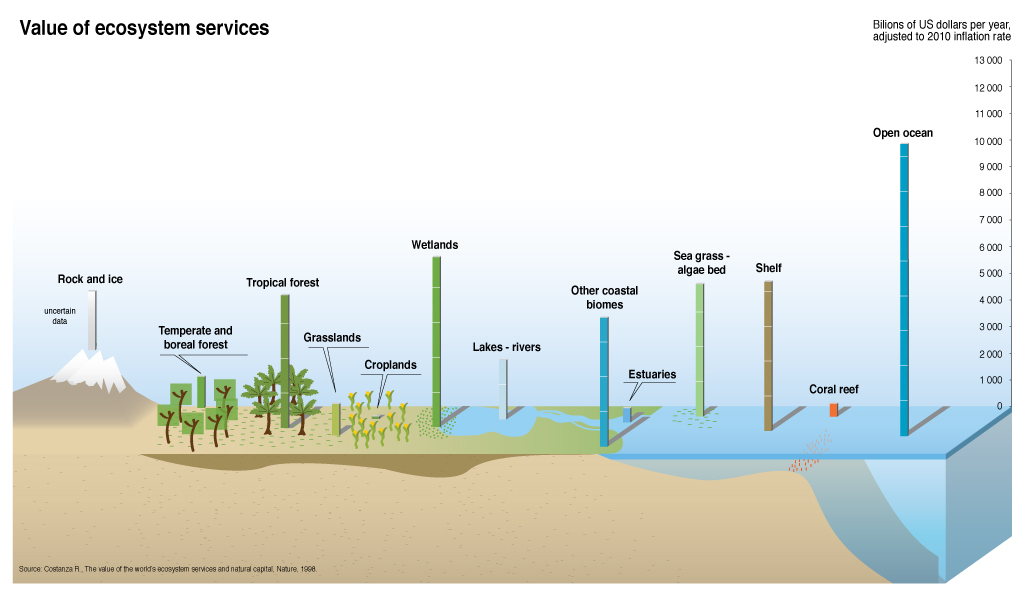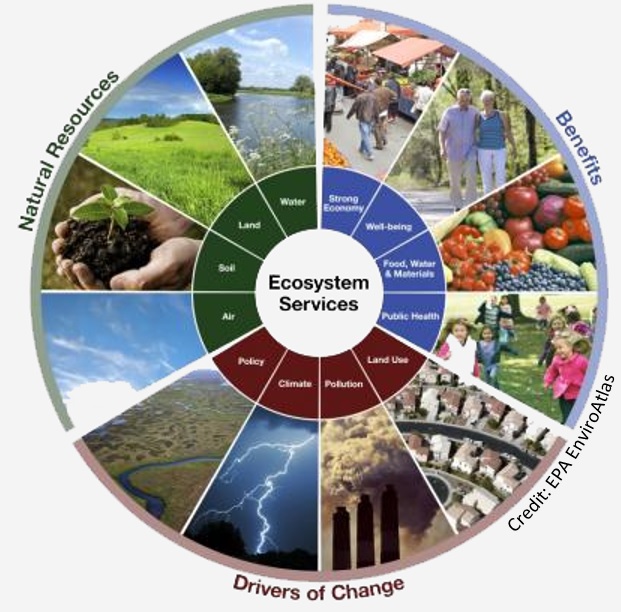Topic ecosystem desert: Discover the vibrant life and resilient beauty of desert ecosystems, where every organism plays a crucial role in sustaining this unique and fascinating environment.
Table of Content
- What are the characteristics of an ecosystem in a desert environment?
- Understanding Desert Ecosystems
- Types of Deserts: Hot, Cold, Coastal, and Semi-Arid
- Flora Adaptations: Surviving in Arid Conditions
- Fauna Adaptations: Wildlife Resilience and Survival Strategies
- Climate Patterns and Weather Phenomena
- Geographical Distribution and Major Deserts of the World
- YOUTUBE: Deserts 101 National Geographic
- Ecological Importance and Biodiversity
- Human Impact and Conservation Efforts
- Economic Resources and Uses of Deserts
What are the characteristics of an ecosystem in a desert environment?
Desert ecosystems have several key characteristics that set them apart from other ecosystems:
- Extreme dryness: Deserts receive very little rainfall, often less than 10 inches per year. This lack of water shapes the entire ecosystem.
- Temperature fluctuations: Desert environments can experience extreme temperature changes, with scorching heat during the day and cold temperatures at night.
- Adapted plant and animal life: Species in desert ecosystems have evolved unique adaptations to survive in harsh conditions, such as water-conserving mechanisms and heat tolerance.
- Biodiversity: Despite the harsh conditions, deserts can support a surprising variety of plant and animal life, each playing a crucial role in the ecosystem.
- Sparse vegetation: Vegetation in deserts is typically sparse, with plants often spaced far apart to maximize access to scarce water resources.
READ MORE:
Understanding Desert Ecosystems
Desert ecosystems are remarkable environments, characterized by their extreme dryness, dramatic temperature fluctuations, and sparse rainfall. These regions support a unique array of life, adapted to thrive under harsh conditions.
- Defining Characteristics: Low precipitation, high evaporation rates, and specialized habitats.
- Adaptations: Plants and animals in deserts have evolved unique adaptations to conserve water and manage heat.
- Biodiversity: Despite harsh conditions, deserts are home to a diverse range of life forms, from succulent plants to nocturnal animals.
- Role in the Global Ecosystem: Deserts play a crucial role in regulating Earth"s climate and supporting indigenous cultures.
Understanding these ecosystems is essential for their conservation and the survival of their indigenous species. By studying desert adaptations, we gain insights into resilience and sustainability that can apply across ecosystems.

Types of Deserts: Hot, Cold, Coastal, and Semi-Arid
Deserts are not all the same; they vary widely in climate, location, and life forms they support. Understanding the different types of deserts is key to appreciating their diversity and ecological significance.
- Hot Deserts: Characterized by high temperatures and low rainfall, these deserts, such as the Sahara, are what most people traditionally think of. They feature extreme heat during the day and significant cooling at night.
- Cold Deserts: Found in higher latitudes and elevations, such as the Gobi Desert, these deserts experience more precipitation than hot deserts but have cold winters with snowfall.
- Coastal Deserts: Located along coastlines, such as the Atacama Desert, these areas receive cool, moist air from the ocean, resulting in moderate temperatures and fog that provides moisture.
- Semi-Arid Deserts: These deserts, like the Great Basin, experience slightly more precipitation than hot and cold deserts, supporting a greater variety of life forms and vegetation types.
Each desert type presents unique challenges and opportunities for life, demonstrating the incredible adaptability of ecosystems to their environment.
Flora Adaptations: Surviving in Arid Conditions
Plants in desert ecosystems have developed extraordinary adaptations to overcome the extreme challenges of arid environments. These adaptations enable them to conserve water, withstand high temperatures, and thrive in nutrient-poor soils.
- Deep Root Systems: Many desert plants have deep or extensive root systems to access water from deep underground or spread out to collect as much moisture as possible from a wider area.
- Reduced Leaf Surface Area: Plants like cacti have evolved to have spines instead of leaves, significantly reducing water loss through evaporation and transpiration.
- Water Storage: Succulents, such as aloes and agaves, store water in their thick, fleshy leaves or stems, allowing them to survive long periods without rainfall.
- Photosynthesis Adaptations: Some desert plants use a special form of photosynthesis called CAM (Crassulacean Acid Metabolism) that minimizes water loss by opening their stomata to exchange gases at night instead of during the day.
- Reflective Surfaces: Certain desert plants have shiny or light-colored surfaces that reflect sunlight, helping to keep the plant cool and reduce water loss.
These adaptations are not just survival mechanisms but are intricate strategies that have evolved over millennia, allowing desert flora to flourish in some of the most inhospitable conditions on Earth.
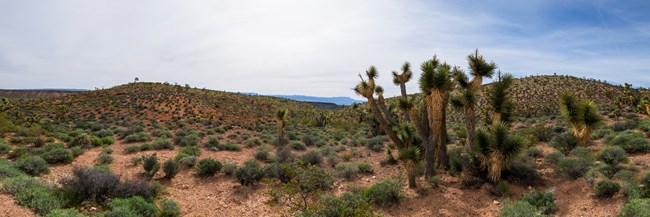
Fauna Adaptations: Wildlife Resilience and Survival Strategies
Desert wildlife exhibits remarkable adaptations to survive in extreme conditions characterized by intense heat, scarce water, and limited food resources. These adaptations are evident across various species, demonstrating the resilience and ingenuity of desert fauna.
- Water Conservation: The thorny devil lizard absorbs water through its skin, while the Dorcas gazelle and kangaroo rats obtain all the moisture they need from their diet, minimizing water loss. The fogstand beetle utilizes morning dew for hydration, showcasing diverse strategies for water conservation.
- Temperature Regulation: Large ears of the fennec fox dissipate heat, acting as natural radiators, while the camel"s insulating fur protects it from day and nighttime temperature fluctuations. The chuckwalla lizard inflates itself to wedge tightly in crevices, avoiding predation and extreme temperatures.
- Food Adaptation: The Gila monster and camels store fat for energy during scarce times. Peccaries and other desert dwellers consume tough plants like cacti, benefiting from their water content.
- Behavioral Adaptations: Nocturnal habits in creatures like scorpions and the Deathstalker Scorpion reduce exposure to daytime heat. The sidewinder rattlesnake"s movement minimizes contact with hot ground, while the sand grouse carries water in its feathers to hydrate its young.
- Predation and Defense: The African spiny mouse can rapidly heal wounds, while the blind skink avoids predation by living underground. The common kingsnake is immune to rattlesnake venom, highlighting the diverse survival strategies in predator-prey dynamics.
These adaptations not only demonstrate the fauna"s ability to survive but also contribute to the ecological balance within desert ecosystems. The remarkable resilience of desert wildlife underscores the importance of conservation efforts to protect these unique habitats and their inhabitants.
Climate Patterns and Weather Phenomena
Desert ecosystems are characterized by their extreme climate conditions, with significant variations across different types of deserts including hot and dry, semi-arid, coastal, and cold deserts. These variations significantly influence the living conditions and biodiversity within these ecosystems.
- Temperature Extremes: Deserts experience extreme temperature ranges. Hot and dry deserts, such as the Sahara, can see summer temperatures soaring between 30 to 49 degrees Celsius, while winter months are cooler, ranging between 10 to 20 degrees Celsius. Coastal deserts like the Atacama have more humidity but still receive minimal rainfall.
- Precipitation Patterns: Precipitation is scarce across desert biomes, with annual rainfall not exceeding 50 centimeters in most cases. This scarcity of water defines the desert biome, contributing to its dry and arid nature.
- Sunshine and Radiation: Deserts are among the sunniest, hottest, and driest places on Earth due to nearly constant high atmospheric pressure that clears clouds away, creating intensely sunny conditions. This results in high potential for solar radiation, making deserts inhospitable for many species.
- Night-time Cooling: Deserts are known for their dramatic temperature drops after sunset. This phenomenon provides relief from the daytime heat but also poses challenges for both flora and fauna in managing their thermal regulation.
- Wind Patterns: Wind plays a significant role in desert climates, contributing to the formation of sand dunes, erosion, and the transport of heat and moisture. Wind patterns can influence the distribution of precipitation in desert regions, often leading to localized weather phenomena.
The climate and weather phenomena of deserts are complex and varied, reflecting the adaptability and resilience of the ecosystems that thrive in these harsh conditions. Understanding these patterns is crucial for the conservation and study of desert environments.
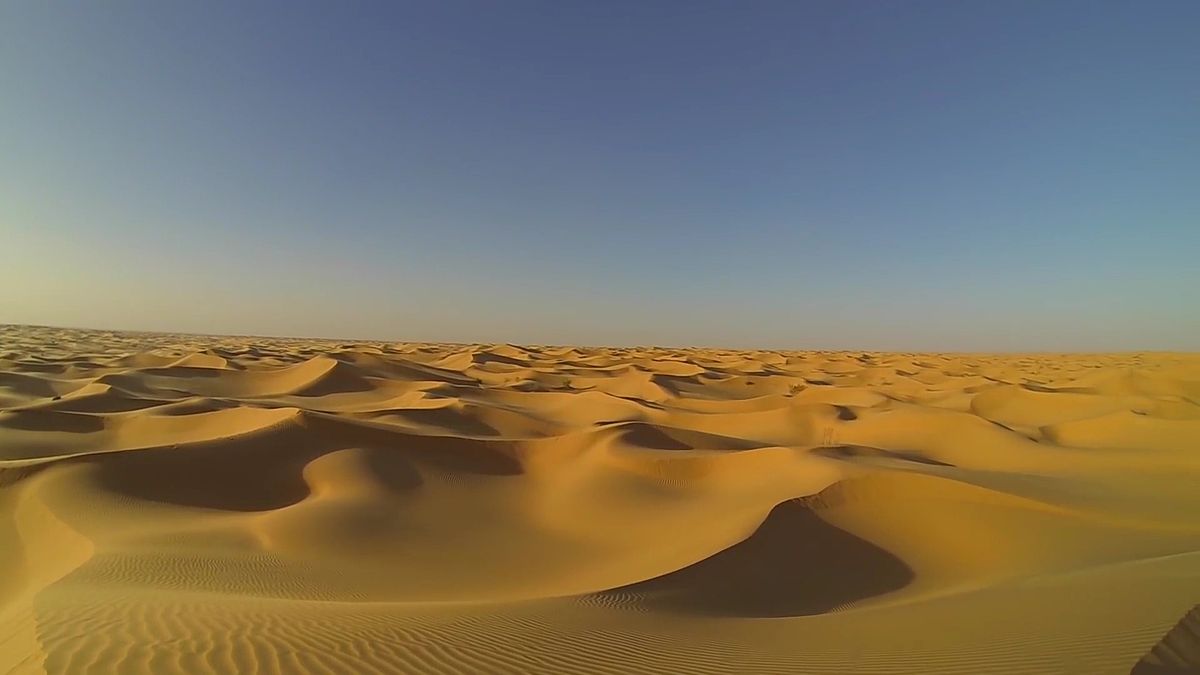
Geographical Distribution and Major Deserts of the World
Deserts cover about one-fifth of Earth"s surface, presenting a unique ecosystem characterized by minimal rainfall, extreme temperature fluctuations, and distinctive flora and fauna adapted to these harsh conditions. The major types of deserts include hot and dry, semi-arid, coastal, and cold deserts, each with its own unique features and distribution.
- Hot and Dry Deserts: Also known as arid deserts, these are typically found in regions like North Africa, the Middle East, the Southwestern United States, and Australia. The Sahara Desert, covering much of the African continent, is the largest hot desert in the world.
- Semi-Arid Deserts: These deserts experience slightly more rainfall than their hot and dry counterparts and are characterized by long, dry summers followed by winters with some rain. Examples include the Great Basin Desert in the U.S. and parts of Greenland, Europe, and Asia.
- Coastal Deserts: Found in areas like the Atacama Desert of Chile, these deserts have more humidity than others but still receive minimal rainfall. The unique climate conditions are influenced by cold ocean currents that reduce precipitation.
- Cold Deserts: With extremely low temperatures, these deserts are dry but cold, such as the Gobi Desert in Asia and the Antarctic Desert. They are characterized by significant temperature drops at night and sparse vegetation.
Deserts play a crucial role in the Earth"s ecosystem, hosting a variety of life forms that have adapted to the arid climate. They are not only significant for their ecological value but also for their cultural, economic, and scientific importance. Understanding the geographical distribution and characteristics of major deserts helps in appreciating their role in biodiversity and global environmental patterns.
Deserts 101 National Geographic
Sand: \"Discover the mesmerizing world of sand in all its glory! From breathtaking dunes to intricate beach art, this video will take you on a soothing journey through the beauty of sand.\" Adaptations: \"Explore the wonders of nature\'s incredible adaptations in this fascinating video! Witness how plants and animals evolve to thrive in various environments, showcasing the amazing resilience and ingenuity of life.\"
DESERT ECOSYSTEM Biology Animation
For today\'s topic, we are going to talk about the “Desert Ecosystem”. Can you think of the important things that you need in order to ...
Ecological Importance and Biodiversity
Deserts, often perceived as barren expanses, play a crucial role in the Earth"s ecological balance and harbor a surprising diversity of life. These ecosystems, covering about one-fifth of the Earth"s surface, are not only vital for the unique species they support but also offer significant ecological services that impact global biodiversity and human well-being.
- Adaptations to Extreme Conditions: Both flora and fauna in deserts have evolved unique adaptations to survive. Plants such as cacti and xerophytes conserve water with features like thick, waxy skins, reduced leaf surface area, and deep root systems. Animals, including nocturnal rodents, reptiles, and birds, have developed behaviors and physiological mechanisms to cope with extreme heat and scarce water resources.
- Biodiversity Hotspots: Despite harsh conditions, deserts are biodiversity hotspots. They are home to a wide range of species that are not found anywhere else on Earth, making them critical for conserving global biodiversity.
- Ecosystem Services: Deserts provide essential ecosystem services such as carbon sequestration, serving as natural laboratories for scientific research, and offering opportunities for ecotourism that supports local economies.
- Impact on Global Climate: Desert ecosystems play a significant role in the Earth"s climate system. For instance, the presence of biological soil crusts in desert soils helps in carbon and nitrogen fixation, influencing global carbon cycles.
The resilience of desert ecosystems highlights the importance of conservation efforts to protect these unique landscapes from threats like climate change, overexploitation, and habitat destruction. Understanding and preserving desert biodiversity is crucial for maintaining the ecological balance and ensuring the sustainability of these ecosystems for future generations.

Human Impact and Conservation Efforts
Human activities have significantly impacted desert ecosystems worldwide, leading to challenges such as habitat destruction, pollution, and desertification. However, concerted conservation efforts have also been made to mitigate these impacts and restore desert environments.
- Water Management and Soil Restoration: Techniques like irrigation, contouring land to create water catchments, and adding organic matter to improve soil conditions have been utilized to restore desert ecosystems. These methods help increase plant survival and address water scarcity effectively.
- Combating Desertification: Desertification poses a major threat to desert ecosystems, primarily due to overgrazing, deforestation, and unsustainable land use. Initiatives to combat desertification include sustainable land management practices that prevent and reverse the degradation of arid lands.
- Conservation and Sustainable Living: Conservation efforts in deserts focus on water scarcity, the impact of human activities, and the effects of climate change. Sustainable living strategies, such as using renewable energy sources like solar and wind power, implementing water-saving technologies, and practicing sustainable agriculture, are crucial for the preservation of desert environments.
- Successful Conservation Initiatives: Projects like The Sahara Forest Project, which combines solar power and seawater greenhouses, and the Arabian Oryx Sanctuary in Oman, demonstrate successful efforts in desert conservation and species reintroduction.
Despite the challenges posed by extreme climates and human activities, restoration and conservation efforts offer hope for the preservation and recovery of desert ecosystems. These efforts underscore the importance of adopting sustainable practices and the potential for positive human impact on these unique and vital environments.
READ MORE:
Economic Resources and Uses of Deserts
Deserts, while often viewed as vast, barren landscapes, actually offer a wealth of economic resources and have various uses that significantly contribute to local and global economies. The unique environmental conditions of deserts make them suitable for diverse economic activities, from agriculture and mineral extraction to tourism and renewable energy production.
- Mineral Resources and Mining: Deserts are rich in mineral resources, including precious metals, minerals, and fossil fuels. The extraction of these resources, such as oil, gas, and minerals, plays a crucial role in the economies of desert regions and beyond.
- Agriculture and Livestock: Despite the challenging conditions, certain desert areas utilize irrigation and other water management techniques to support agriculture and livestock, contributing to food supply and economic stability in these regions.
- Tourism: Deserts attract tourists with their unique landscapes, wildlife, and cultural heritage. Activities such as safaris, hiking, and cultural tours provide economic benefits through tourism.
- Renewable Energy: The vast open lands and high solar insolation in deserts make them ideal locations for solar and wind energy farms, contributing to renewable energy production and sustainability efforts.
- Scientific Research and Education: The unique desert ecosystems offer opportunities for scientific research and education, studying biodiversity, climate change, and sustainable management practices.
Efforts to harness these resources and utilize deserts sustainably are crucial for mitigating the impacts of climate change, promoting biodiversity, and supporting the livelihoods of local communities. Conservation and sustainable management practices ensure that deserts continue to provide these valuable resources and services for future generations.

